

Four rivers Alabo (Tsawe), Kalapa, Waya and Todzie, provide drainage for the district. Most of the rivers are seasonal and therefore dry up at sections during the dry season. The north and north-western parts of the Municipality are mountainous, comprising part of the Togo Ranges. The southern section of the district comprises lowlands in the main.
Rainfall
The rainfall pattern is characterized by two rainy seasons referred to as the major and the minor seasons. The major season being March to June while the minor one from August to November. The rest 5 months of the year is referred to as dry season. Mean annual rainfall figures are between 20.1mm and 192mm. The highest rainfall occurs in June and has mean value of 192mm while the lowest rainfall is in December recording a value of 20.1.
No farming activities can take place in the dry season and livestock suffer. Water for domestic use also becomes a problem in a number of settlements. Invariably during the rainy months, there is generally an increase in crop production, good fodder (grass) and water for livestock. However, road transportation suffers very greatly as many of the gravel - surfaced and earth roads experience severe damage and therefore increase travelling and journey time to and from various Service Centres. There is therefore difficulty in getting the bumper harvest to the marketing Centres, resulting in post harvest losses. Vegetation Ho Municipality falls into two main types of Vegetational zones: these are the moist Semi-deciduous forest, which mostly covers the hills in the Municipality, and savannah woodland, which covers the rest of the Municipality. The several tree species provide for domestic fuel wood and some timber species like wawa, mahogany and extensive strands of borassius palm ’agora’ for construction. The Shrubs and grasses provide fodder for livestock.
The greatest influence on the vegetation in the Municipality is the annual bush- fires in the dry season (Dec - February) in the savannah grassland and woodland areas. These devastating bushfires cause severe degradation of the environment. While these bush - fires enable fresh grasses and shrubs for livestock to grow with the onset of the rains and also make it easy for clearing the land for farming purposes, these positive aspects do not outweigh the continuous harm these bush -fires do to the natural Environment and human habitat. There is therefore the need to address this perennial bush-fire problem in the Municipality as it affects investment interest in tree crops and plantation development.
climate & vegetation
The two types of vegetation in the Municipality are the moist semi-deciduous forests of the hilly areas of the savannah woodland. The Municipality has 33.83 square kilometres of forest reserve at four main locations Ho Hills, Kabakaba Hills, Abutia Hills and Klemu
Temperature
Generally, mean monthly temperatures in the Municipality range between 22° C and 32° C while annual mean temperatures range from of 16.5° C 37.80 C. In effect, temperatures are generally high throughout the year which is good for plants and food crop farming. During the dry season however, daily temperatures are so high that, except for irrigation and river valleys, food crop cultivation cannot take place. The mountainous settlements like Amedzofe, Biakpa, Vane and Ashanti Kpoeta have very low temperatures during some parts of the year and are often referred to as the "local winter" of the Volta Region.
These low temperatures have favourable conditions for tourism and holding capacity for foreigners who enjoy the low temperatures. For example, Amedzofe is known to have recorded as low as 16.6°c in the month of July. Similarly, average mean humidity for Amedzofe is also between 70% and 96% (0600hrs) and between 53% and 87% (1500hrs).2,660 square kilometres
Soils
There are several major soil groups in the Ho
Municipality. These could be put into two major groups: a) Forest Soil - forest ochrosols, lethosols and intergrades found in the mountainous and wetter northern areas of the Municipality. b) Savanna Soil - sandy soil in Sokode and part of Ho Township.
The forest soil supports perennial crops such as Cocoa, Oil Palm, Coffee, Avocado Plantain and Banana while the Savanna Soil supports annuals like maize, cassava, yams, groundnuts, legumes and variety of vegetables. In effect, the soils in the Municipality are suitable for farming and construction. What is important in the use of these soils is good soil management and this may be achieved through appropriate farming practices and good environmental protection.
Drainage and Relief
The general relief of the Ho Municipality falls into two main parts: mountainous part and low land areas. The mountainous areas are mostly to the North and Northeast, which are part of Togo Ranges and have height s between 183 - 853 metres. The notable areas are Awudome Stretch in the Southwest to Avatime and Ashanti Kpoeta in the North-East. The lowland areas are to the South of the Municipality and have heights between 60 - 152 metres. The topography in the Municipality imposes steep slopes and rapid run-offs during the rainy seasons and call for bitumen surface roads in those areas as permanent solution.
The general drainage pattern is southwards and dominated by rivers like Tsawe (Alabo) Kalakpa, which eventually flow into lower Volta or Avu Lagoon. Despite the numerous tributaries, which serve the Municipality, their flow during the dry seasons, is much reduced and practically cease in some of their courses. The rivers therefore do not provide all year round dependable source of water supply to the communities they serve as well as for irrigation.
Date Created : 11/20/2017 5:35:19 AM


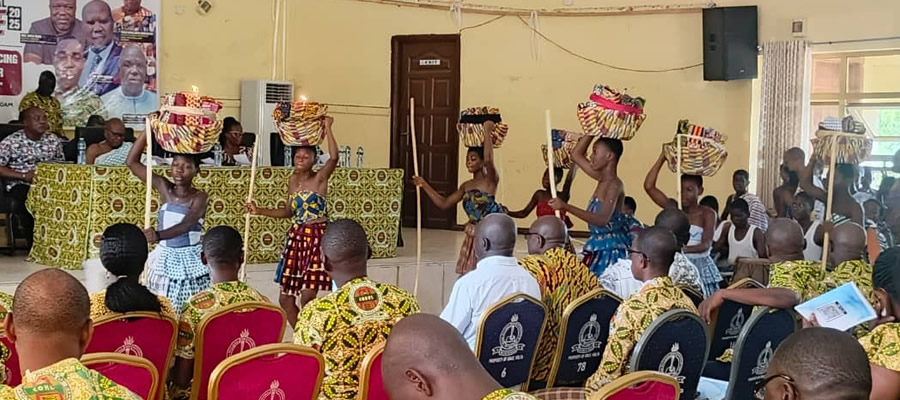


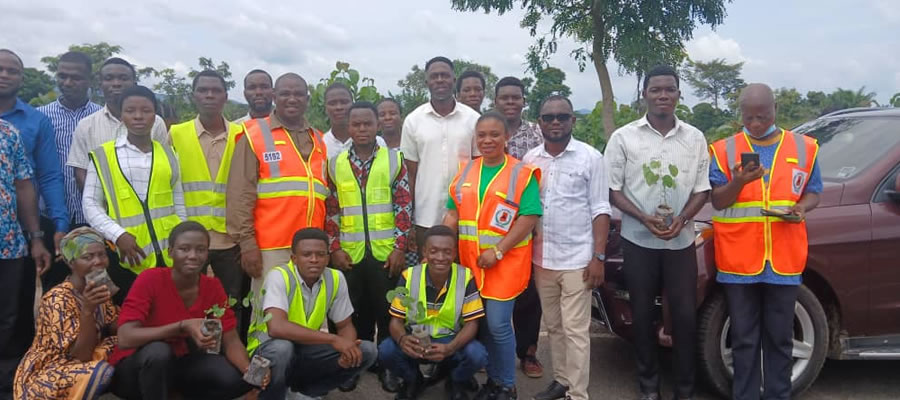
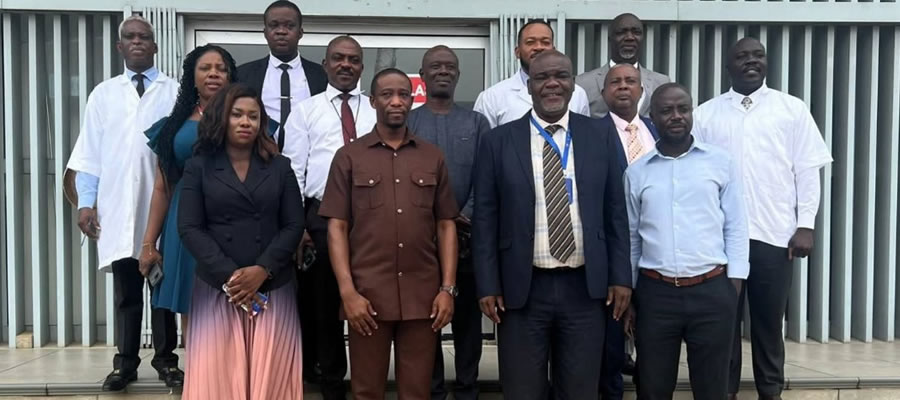
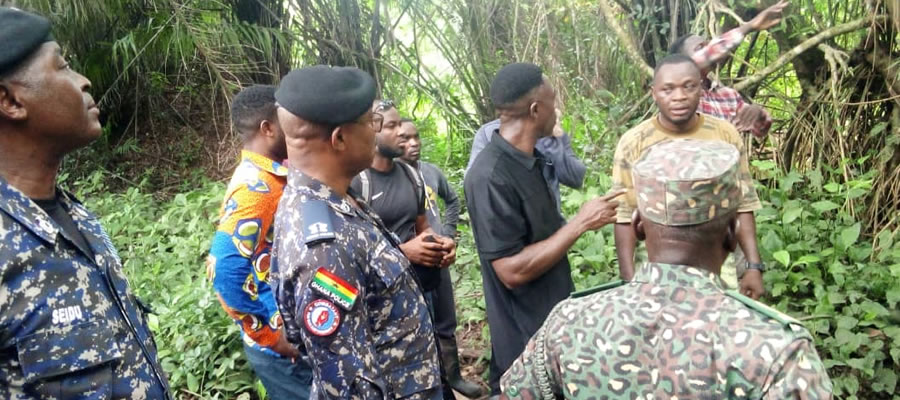

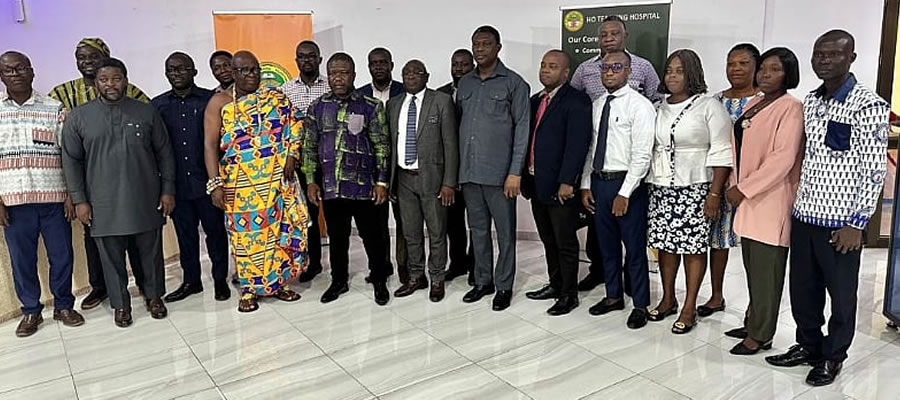


 facebook
facebook
 twitter
twitter
 Youtube
Youtube
 +233 593 831 280
+233 593 831 280 0800 430 430
0800 430 430 GPS: GE-231-4383
GPS: GE-231-4383 info@ghanadistricts.com
info@ghanadistricts.com Box GP1044, Accra, Ghana
Box GP1044, Accra, Ghana